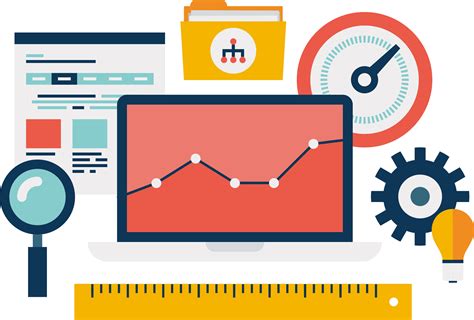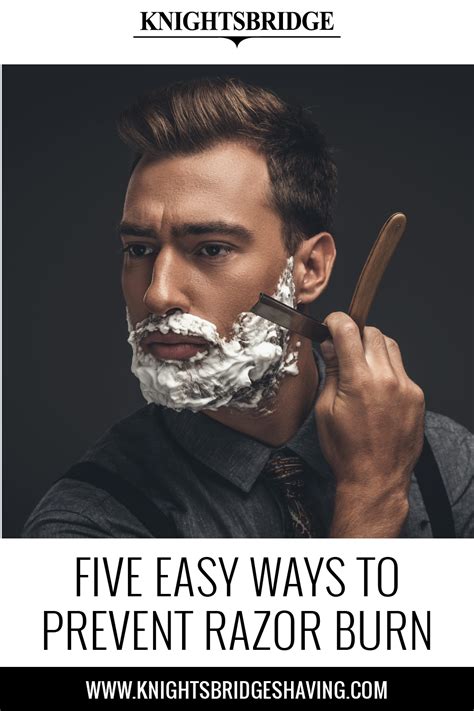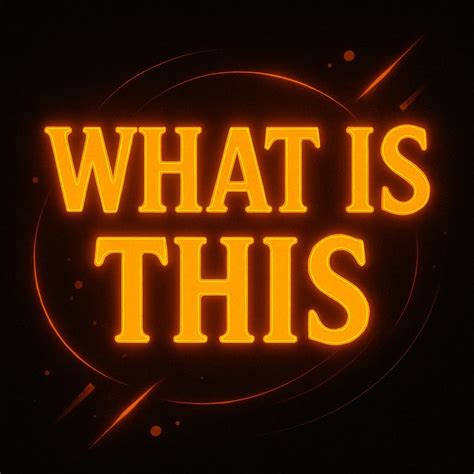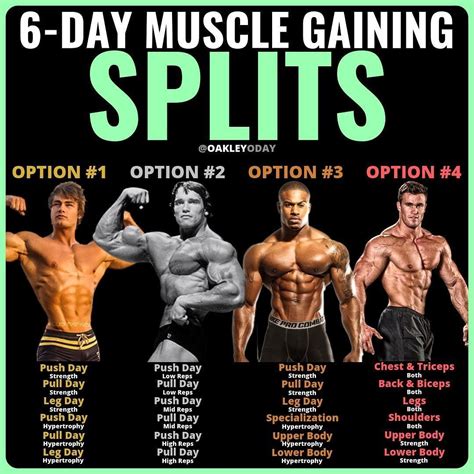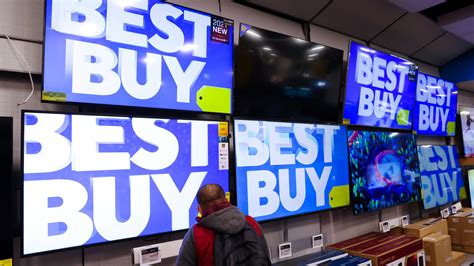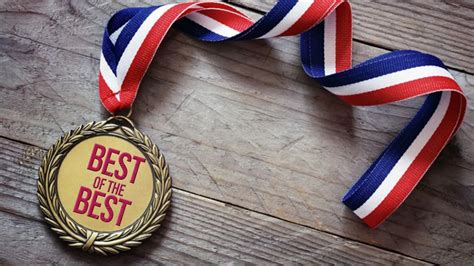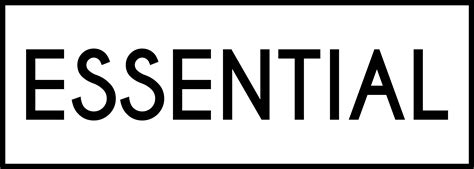Unlock peak recovery: What sleep tech gear truly optimizes sleep quality & energy?
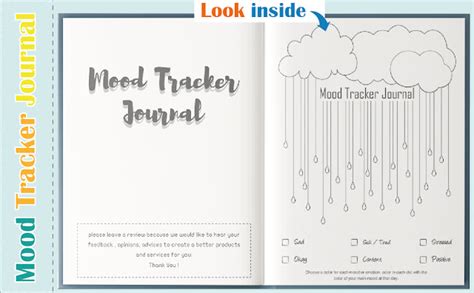
The Modern Quest for Optimal Recovery
In our relentless pursuit of peak performance and sustained energy, the often-overlooked cornerstone is quality sleep. While traditional advice on sleep hygiene remains paramount, a burgeoning market of sleep technology promises to elevate our rest from good to truly restorative. But with a dizzying array of gadgets, how do we discern which truly optimize sleep quality and, consequently, our daily energy levels?
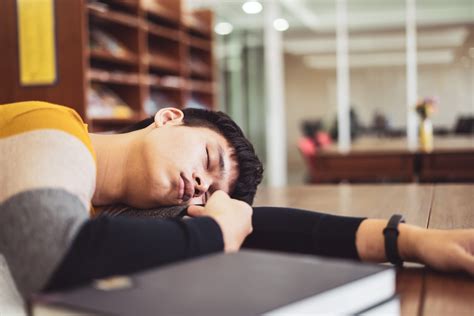
Decoding Sleep Tech: Categories and Efficacy
Sleep technology broadly falls into several categories, each targeting different aspects of the sleep cycle and environment. Understanding these can help you identify tools most relevant to your personal sleep challenges.
Sleep Trackers: Beyond the Steps
These devices aim to provide data on your sleep patterns. Wearable trackers (rings, watches) use sensors to estimate sleep stages (light, deep, REM), heart rate variability (HRV), and movement. Non-wearable options, such as under-mattress sensors or bedside devices, often track breathing, heart rate, and environmental factors like room temperature and noise, offering a less intrusive experience. While valuable for identifying trends and potential issues like restless sleep or inconsistent bedtimes, their accuracy in precisely identifying sleep stages can vary. The true benefit lies in the actionable insights derived from consistent data, allowing users to connect their daily habits with nightly rest.
Environmental Enhancers: Crafting the Perfect Sleep Sanctuary
Optimizing your sleep environment is crucial, and technology can play a significant role. Smart beds, for instance, offer adjustable firmness, zero-gravity positions, and even temperature control to prevent overheating – a common disruptor. Smart lighting systems can align with your circadian rhythm, filtering blue light in the evenings and simulating a natural sunrise in the mornings to gently wake you. Noise-masking devices or smart sound machines can provide consistent, soothing audio (white noise, nature sounds, binaural beats) to block out disturbances and promote relaxation. Additionally, air purifiers and humidifiers can ensure optimal air quality, reducing allergens and maintaining comfortable humidity levels for easier breathing.
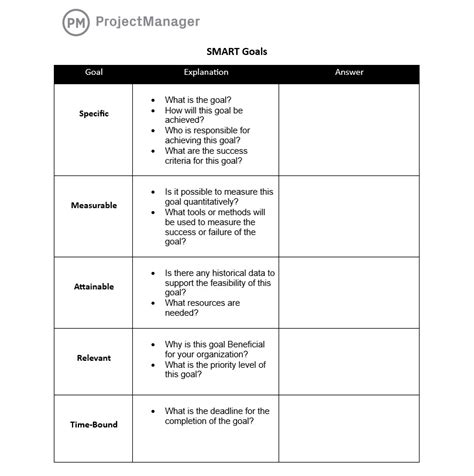
Sleep Aids: Direct Intervention for Better Rest
Some tech directly assists in the process of falling asleep or improving sleep comfort. Weighted blankets utilize deep pressure stimulation to create a calming effect, reducing anxiety and promoting relaxation. Blue light blocking glasses worn in the evening can significantly reduce exposure to disruptive wavelengths from screens, aiding natural melatonin production. Smart pillows can monitor snoring and subtly adjust position or provide specific neck support to improve airway clearance. Furthermore, apps offering guided meditations, mindfulness exercises, or biofeedback devices can train your mind to relax and prepare for sleep.
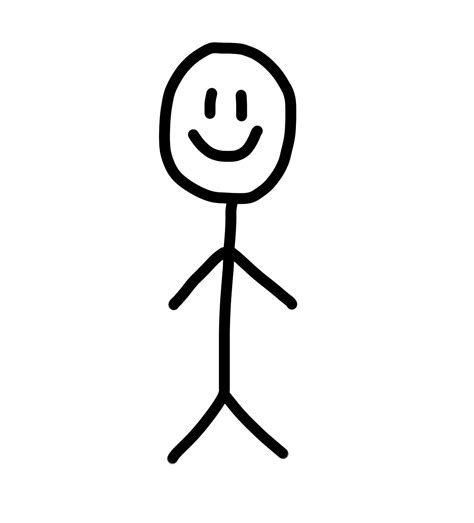
What Truly Moves the Needle for Recovery?
While data from trackers can highlight areas for improvement, the most impactful sleep tech often works by creating an optimal sleep environment or directly addressing specific sleep disruptors. A smart bed that keeps you at the perfect temperature throughout the night, for example, might have a more profound impact on deep sleep duration than simply knowing you had “poor deep sleep” from a tracker. The key is an individualized approach: identifying your unique sleep challenges – whether it’s difficulty falling asleep, frequent awakenings, or poor sleep architecture – and then selecting technology designed to mitigate those specific issues.
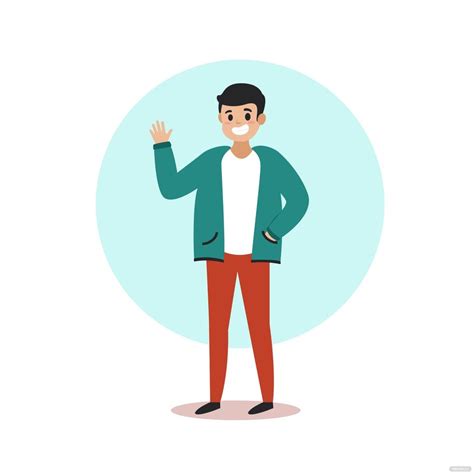
Choosing Your Sleep Tech Wisely
To truly unlock peak recovery, consider the following when investing in sleep tech:
- Identify Your Pain Points: Are you struggling to fall asleep, stay asleep, or wake up refreshed? Your tech choices should directly address these.
- Prioritize Foundational Habits: No tech can fully compensate for poor sleep hygiene. Ensure you maintain a consistent sleep schedule, limit caffeine/alcohol, and create a dark, cool, quiet bedroom.
- Look for Actionable Insights: Data without context is noise. Choose tech that provides clear recommendations or allows you to make informed adjustments.
- Comfort and Integration: The best tech is seamless. Ensure it doesn’t disrupt your sleep more than it helps.
- Read Reviews and Research: Efficacy varies greatly between products. Look for independent reviews and scientific backing where possible.
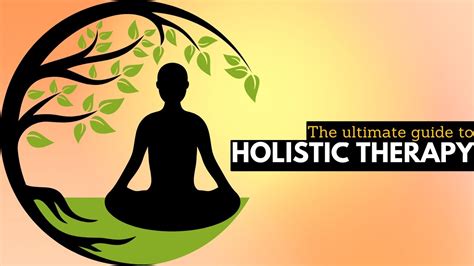
Conclusion: Tech as an Ally, Not a Replacement
Sleep tech gear holds immense potential to enhance sleep quality and boost energy, but it’s crucial to view it as an ally to, rather than a replacement for, sound sleep practices. By thoughtfully integrating the right tools – those that address your specific needs and seamlessly fit into your lifestyle – you can truly optimize your nights for peak recovery, ensuring you wake up feeling energized, focused, and ready to tackle your day.
